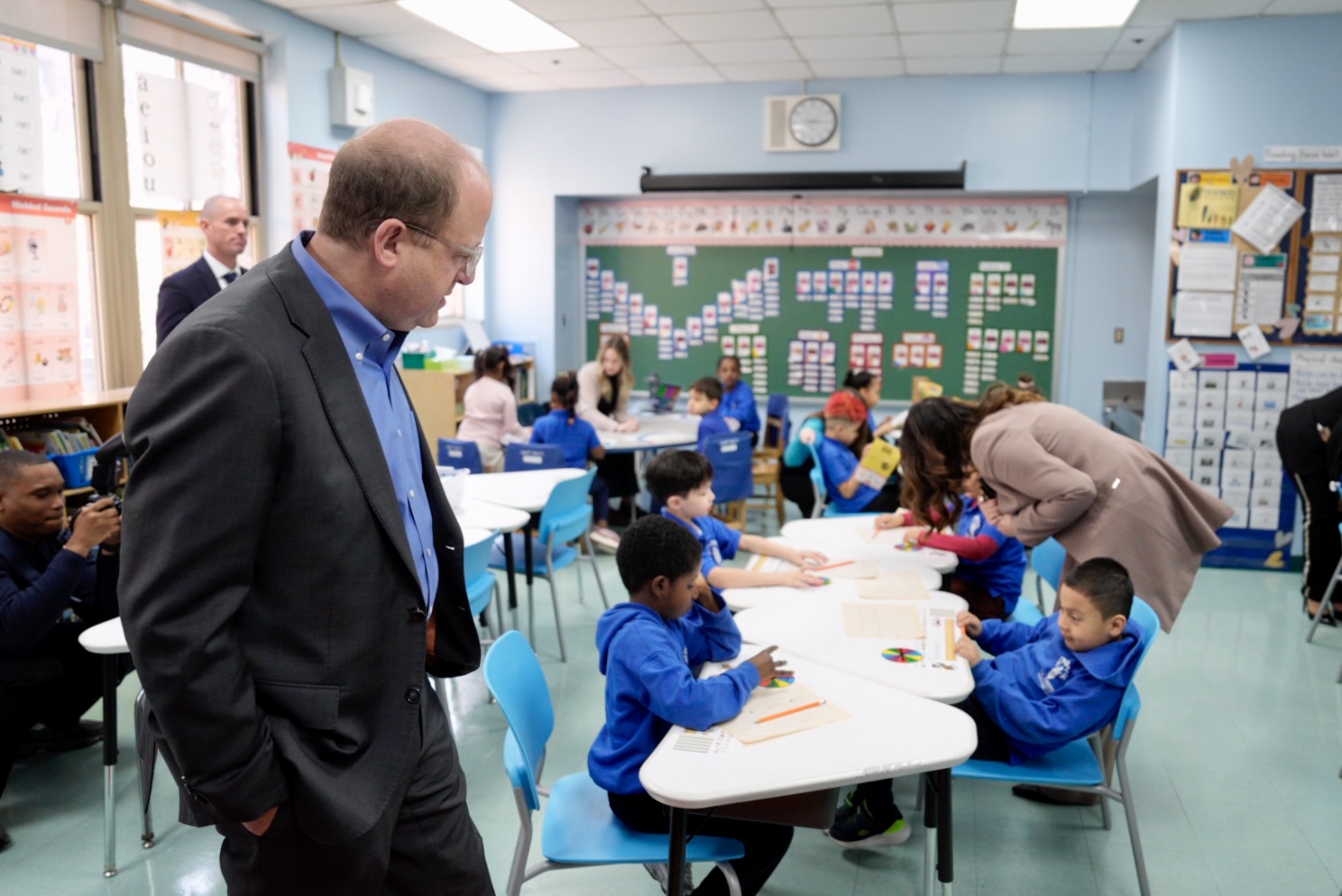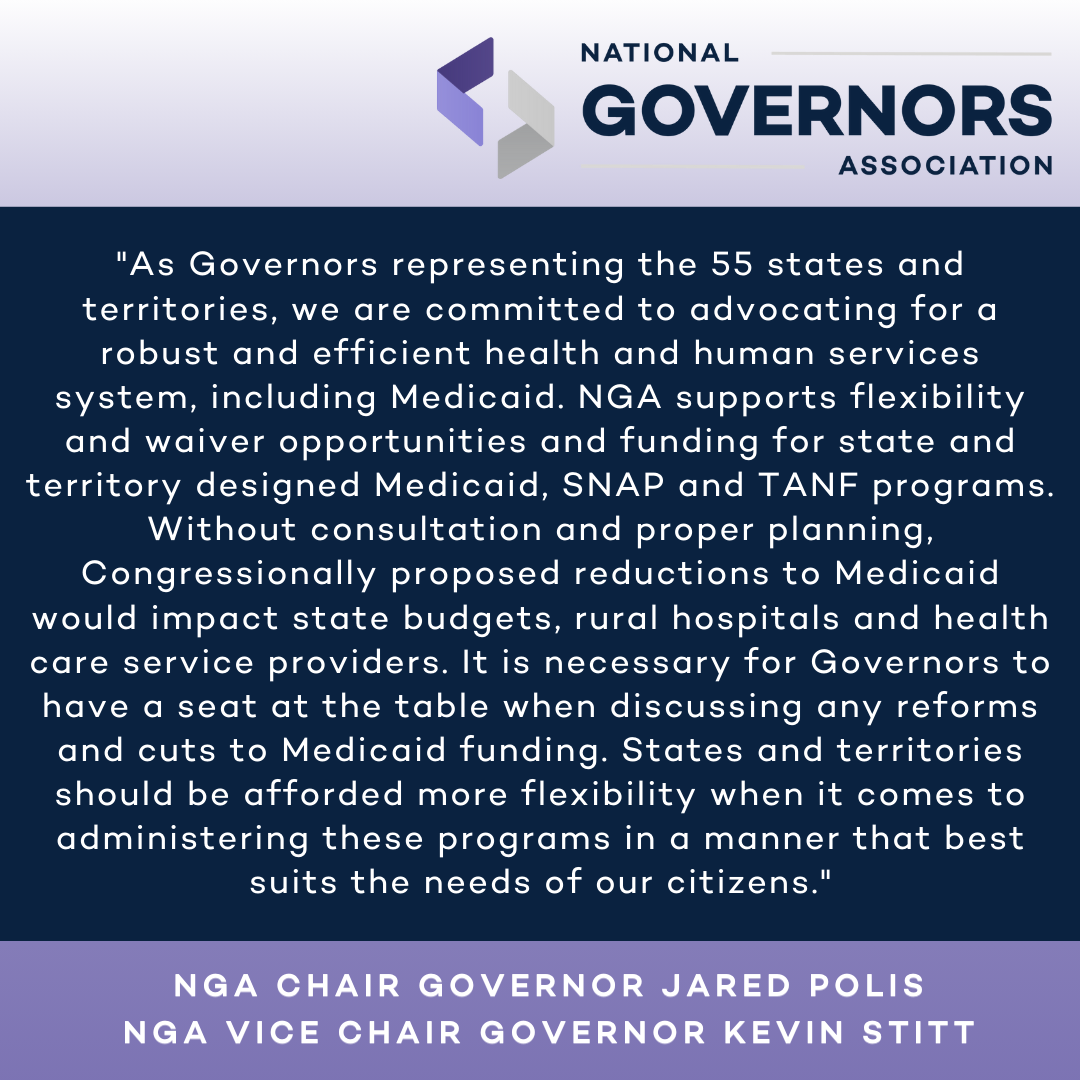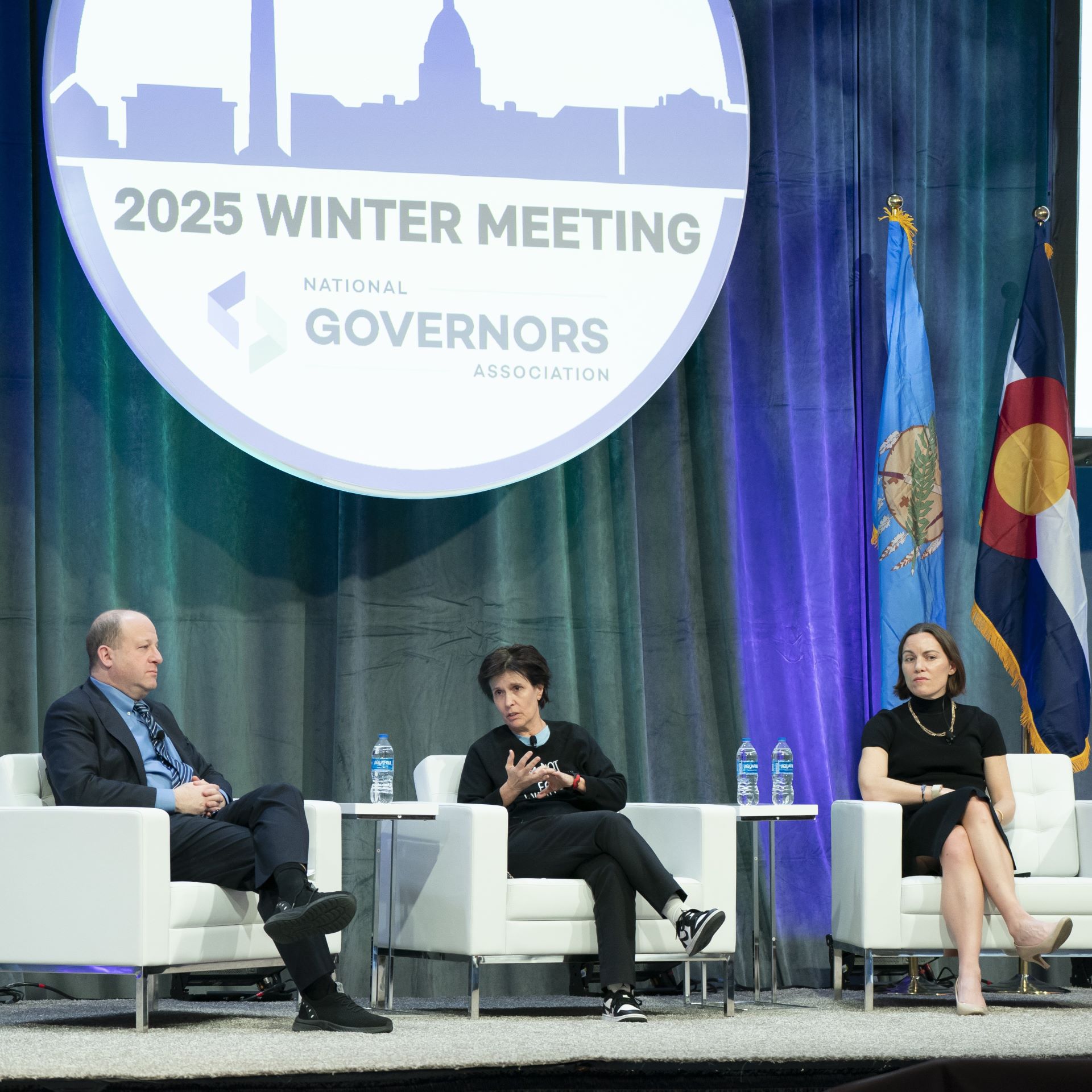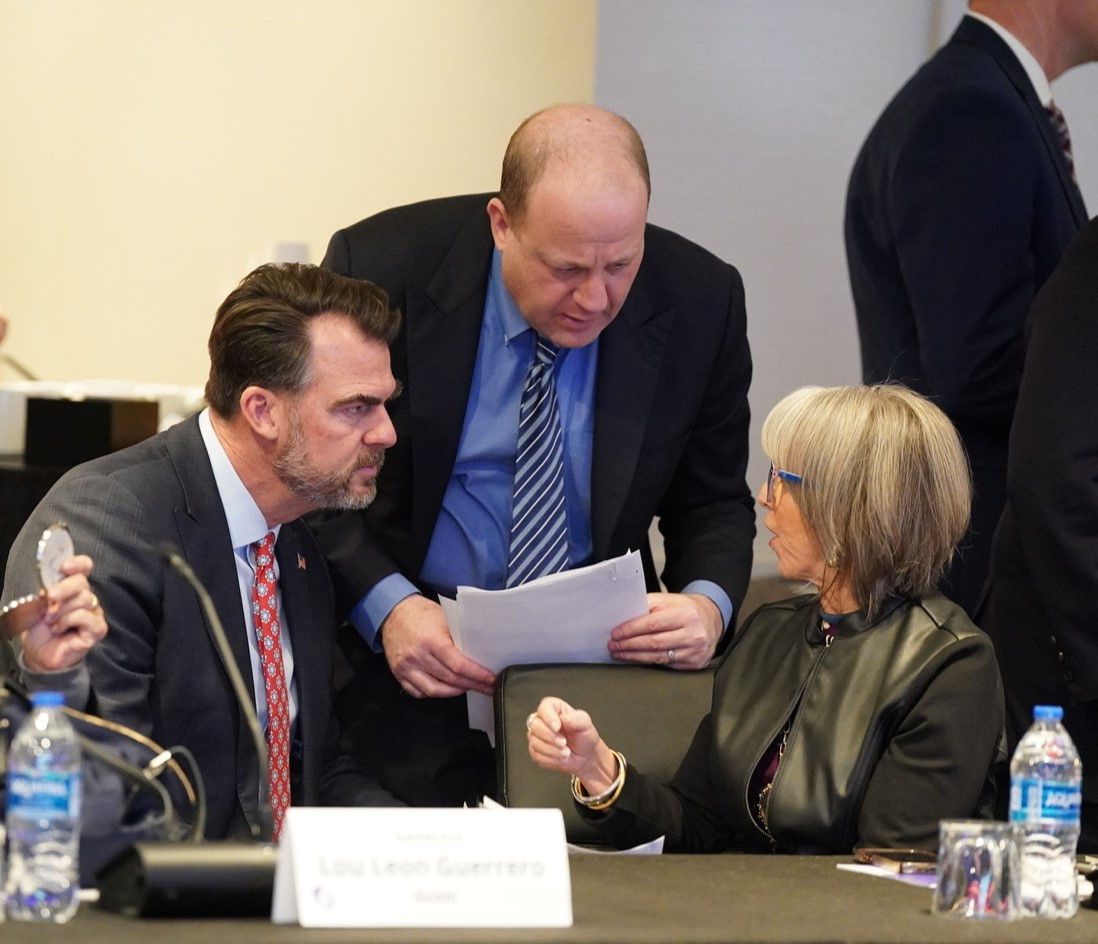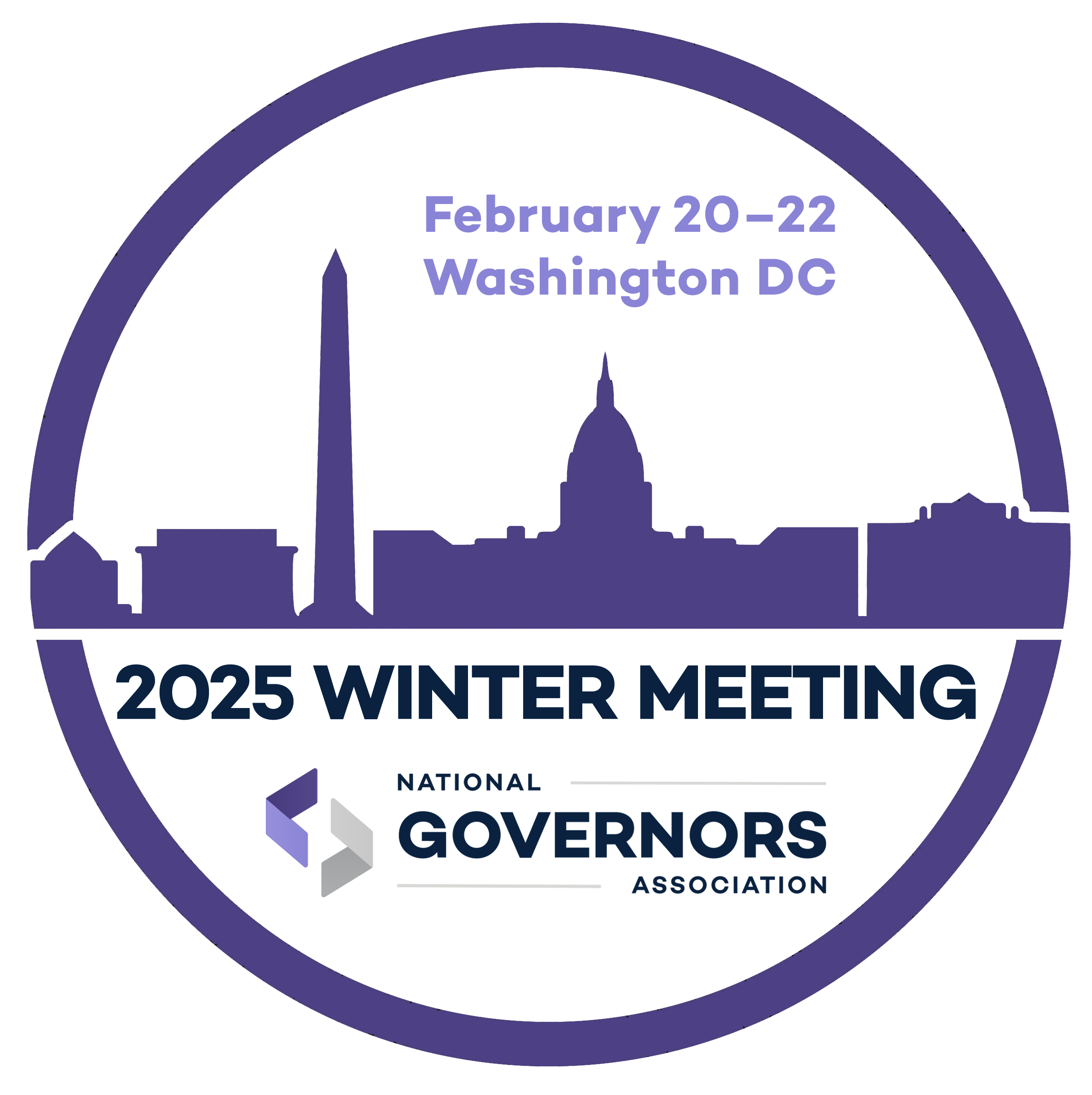Introduction
Due to the COVID-19 pandemic and corresponding economic decline, the number of Americans experiencing food insecurity has skyrocketed in the United States. According to surveys administered by the Urban Institute and the Brookings Institution in Spring 2020, approximately one in five parents living with children have experienced food insecurity due to the pandemic, and rates of food insecurity are even higher among Black and Hispanic households. As with many social services, schools are critical sites in our nation’s child nutrition infrastructure by offering breakfasts and lunches to children and distributing millions of subsidized meals to low-income students every day. With the closure of schools in Spring 2020, however, many children and families lost access to these meals, with one recent piece of research suggesting that only 61 percent of families whose children usually receive free or reduced-price school meals continued to receive meals during the closures.
In the face of this national challenge, it is critical for education leaders at the state and local levels to consider how school meals can be effectively distributed to children and families when schools reopen in the fall, regardless of whether the mode of instruction is in-person or online. To support governors and state education leaders, this memo offers a synthesis of key school nutrition guidance and considerations across states’ school reopening plans and includes links to relevant national resources on this topic.
Nutrition in School Reopening Plans
All 50 states have released school reopening plans and guidance for the 2020-2021 school year. Included in these plans are recommendations and considerations for school nutrition and meals services during periods of both in-person and online instruction. Across these state plans, many areas of focus are evident, including the logistics of meal consumption during in-person instruction, the distribution of meals during periods of online instruction, the health and safety of school food services personnel, communication with families, and collaboration with community stakeholders.
Logistics of Meal Consumption During In-Person Instruction
During periods of in-person instruction, states encourage schools and local education agencies (LEAs) to develop plans that address many routinized features of the school meal distribution and consumption process.
- Cleaning and Sanitization: States expect schools and LEAs to develop plans for the regular cleaning and sanitization of areas where school meals are prepared and consumed. This includes updating operating procedures for the sanitization of school kitchens, cafeterias, food warehouses, and central production facilities as well as frequent cleaning and disinfecting of surfaces touched by students and staff, such as tables and chairs. Some states, like Washington, even recommend the use of washable plastic tablecloths on surfaces (like wood) that are not easy to clean and disinfect.
- Crowding and Social Distancing: States recommend that schools and LEAs encourage social distancing among students during meal consumption using a variety of tools. If meals are to be consumed in the cafeteria, schools are encouraged to stagger mealtimes to restrict the number of students in the cafeteria at once. Schools are also encouraged to reconfigure seating arrangements by moving or removing tables, marking some tables as closed, encouraging students to sit with empty seats between them, or erecting physical barriers between tables. Schools should also direct the flow of students by designating specific entrances and exits to the cafeteria and using physical guides (e.g. floor markings) to route students throughout the space.
- Location of Meal Consumption: Even with the crowding and social distancing guidelines described above, schools are encouraged to explore alternative spaces for the safe consumption of meals beyond the school cafeteria. To ensure social distancing and safe meal consumption, schools are encouraged to consider other sites like gymnasiums, libraries, outdoor spaces, and classrooms and simultaneously develop a plan to safely distribute meals to students (e.g. grab-and-go, classroom delivery service) if students are not going to pick up meals in the cafeteria.
- Meal Service Styles: States recommend schools attend to safety considerations when determining the meal service style used on-site. In particular, states discourage the use of self-serve buffet or family-style meal service systems and instead serve individually portioned or prepackaged meals. Schools should also discourage students from sharing food with others. At the same time, schools and LEAs should coordinate with vendors to adjust menus, food items, meal packaging, and other supply chain considerations accordingly.
- Meal Claiming and Payment: States recommend that schools utilize contactless meal claiming and payment methods (e.g. scanners, online ordering, app-based payment) wherever possible, having staff wear masks and gloves while using point-of-sale touch pads, and making hand-sanitizer available when contactless payment is not possible.
- Adherence to State and Local Food Safety Guidelines: Schools and LEAs are reminded to carefully follow state and local food safety regulations when preparing and distributing student meals.
Meal Distribution During Online Learning
Low-income students who are eligible for free or reduced-price school meals should continue to have access to school nutrition services even if in-person instruction is not possible. In the event that students are not on campus to receive their meals, schools and LEAs should develop plans to make meals accessible to low-income students by offering grab-and-go meal pickup services, offering drive-thru or curbside pickup options, utilizing bus routes for meal distribution, or delivering meals to student homes. Schools should also consider ways to minimize contact during meal pickup or delivery, such as providing students and families with multiple days-worth of meals at a time. A previous NGA memo discussed innovations and considerations for states and districts to make meals accessible to low-income students during the emergency school closures and remote learning in Spring 2020.
Health and Safety of School Food Services Personnel
State reopening plans also recommend that schools and LEAs develop detailed plans to ensure the health and safety of food services personnel. First, state plans recommend that these workers have easy access to necessary PPE (such as gloves, masks, and aprons), engage in frequent handwashing, and complete a daily health screening. Additionally, schools should consider how food services workstations can be reorganized for proper social distancing during meal preparation and service, and employee shifts should be adjusted to minimize the number of staff in the kitchen at one time. Finally, schools and LEAs should develop plans for staff absences in the case of an outbreak by identifying and training an adequate pool of substitute food services personnel who can fill in when needed.
Communications with Students and Families
Given the differences in school nutrition and meal services that will exist during the 2020-2021 school year, schools and LEAs should leverage a variety of communication methods such as social media, emails, newsletters, robocalls, and school websites to engage with parents, students, and community members on the subject. Parents, students, and community members should be notified about meal service options and protocols and be offered assistance filling out free and reduced-price meal applications if needed. Ideally these stakeholders will also be involved in the creation of school nutrition plans to ensure that these plans are as accessible, comprehensive, and responsive to community needs as possible.
Collaboration with Key Stakeholders
While localities are generally given discretion in the establishment and operation of their school nutrition plans, several states, like Maryland, recommend that schools and LEAs involve numerous organizations in this process, including the state department of education, the state department of health, local health agencies, school administrators, local school nutrition services departments, community nutrition organizations, and other relevant stakeholders that can assist in the establishment of protocols, regulation-setting process, production of student meals, and assurance of program integrity. Schools and LEAs should also include school nutrition staff in the development of their school reopening planning more broadly. Furthermore, in the event of remote learning, schools and LEAs should consider partnering with local philanthropies and community organization to ensure students’ continuity of access to meals.
National Resources
In addition to the state reopening plans discussed above, numerous federal government agencies and national organizations have provided resources that can assist state and local planning on this issue. The Center for Disease Control and Prevention (CDC) has published various resources addressing how to approach school nutrition and meal service during the pandemic, including interim guidance, supplemental guidance, considerations for schools, a FAQ for school administrators, and information for school nutrition professionals and volunteers. The U.S. Department of Agriculture (USDA)’s Food and Nutrition Service (FNS) administers fifteen federal nutrition programs, including child nutrition programs like the School Breakfast Program, National School Lunch Program, and the Summer Food Service Program. Paralleling its actions during the emergency school closures of Spring 2020, the USDA has established waivers for the 2020-2021 school year that afford states important regulatory flexibilities with regard to school meals. These waivers concern traditional requirements related to serving meals in non-congregate settings and the picking up of meals by parents on behalf of their children. The FNS website documents each state’s school nutrition programs waivers and flexibilities and also includes a school meal distribution site locator. The No Child Hungry Center for Best Practices developed a COVID-19 webpage which includes information about child nutrition programs, as well as a Back-to-School webpage and toolkit to support schools as they plan for the upcoming school year. Additionally, the School Nutrition Association produced resources addressing considerations for school nutrition and meals programs while planning for reopening.
To further support food security, states are also utilizing the Pandemic Electronic Benefit Transfer (P-EBT) program, created by the Families First Coronavirus Response Act, which offers reimbursements for free school breakfasts and lunches for families with children that would traditionally receive free or reduced-price meals while schools are open. States are also leveraging federal funds available through the CARES Act to support school nutrition programs facing financial hardship stemming from preparing and distributing emergency school meals. The Food Research and Action Center (FRAC) has produced resources about policy levers that can be used to support families during the pandemic, including P-EBT and the Community Eligibility Provision. Additionally, NGA has compiled a table with state actions related to human services, including information about cash assistance, SNAP, and food insecurity, that may be helpful as states consider school meals as part of their overall approach to combatting food insecurity.
This memo was prepared by Dr. David Casalaspi and Jesse Kannam of the NGA Center for Best Practices. For questions or concerns related to the contents of this memo, please contact David Casalaspi (dcasalaspi@nga.org).
All NGA COVID-19 memos can be found here, or visit COVID-19: What You Need To Know for current information on actions States/Territories are taking to address the COVID-19 pandemic; as well as advocacy, policy, and guidance documents for protecting public health and the economy.

